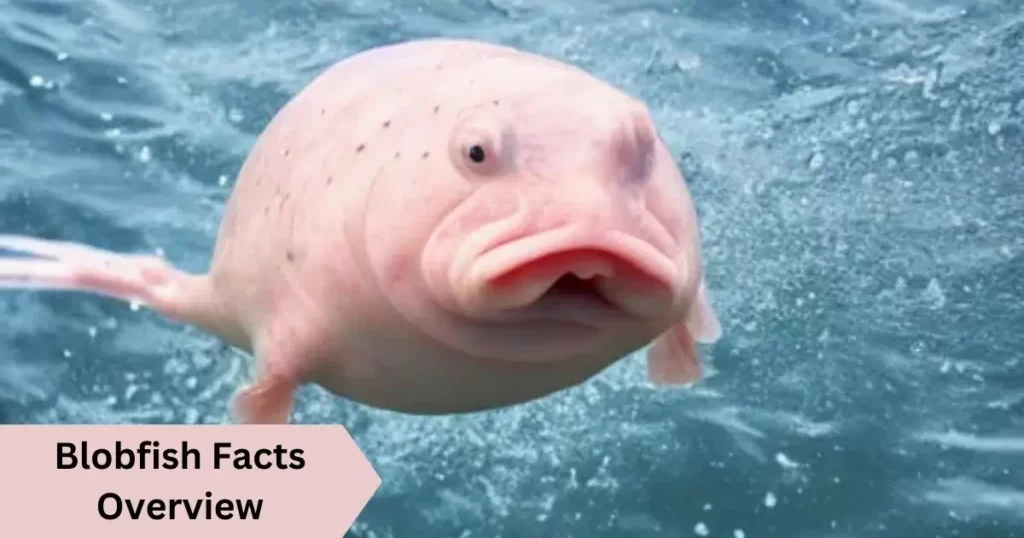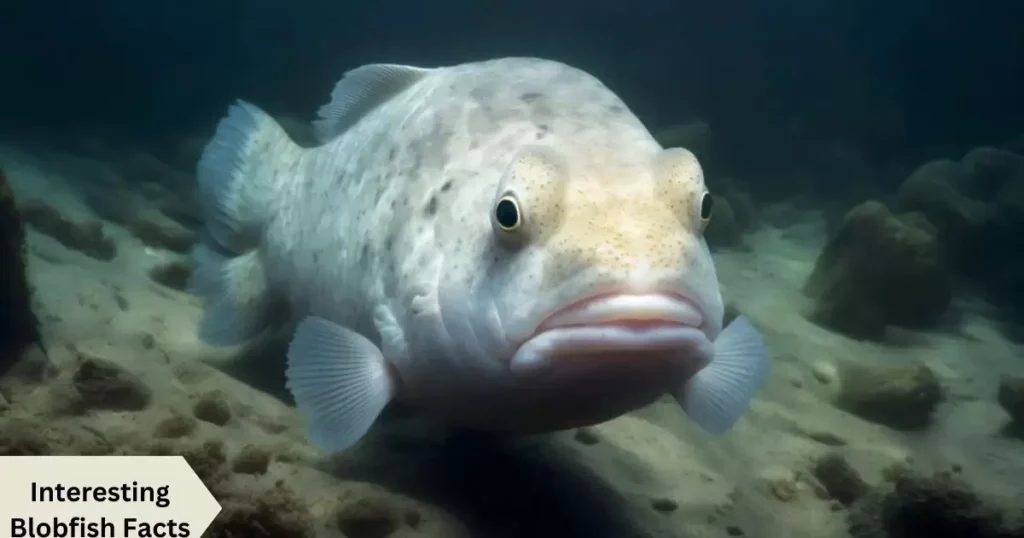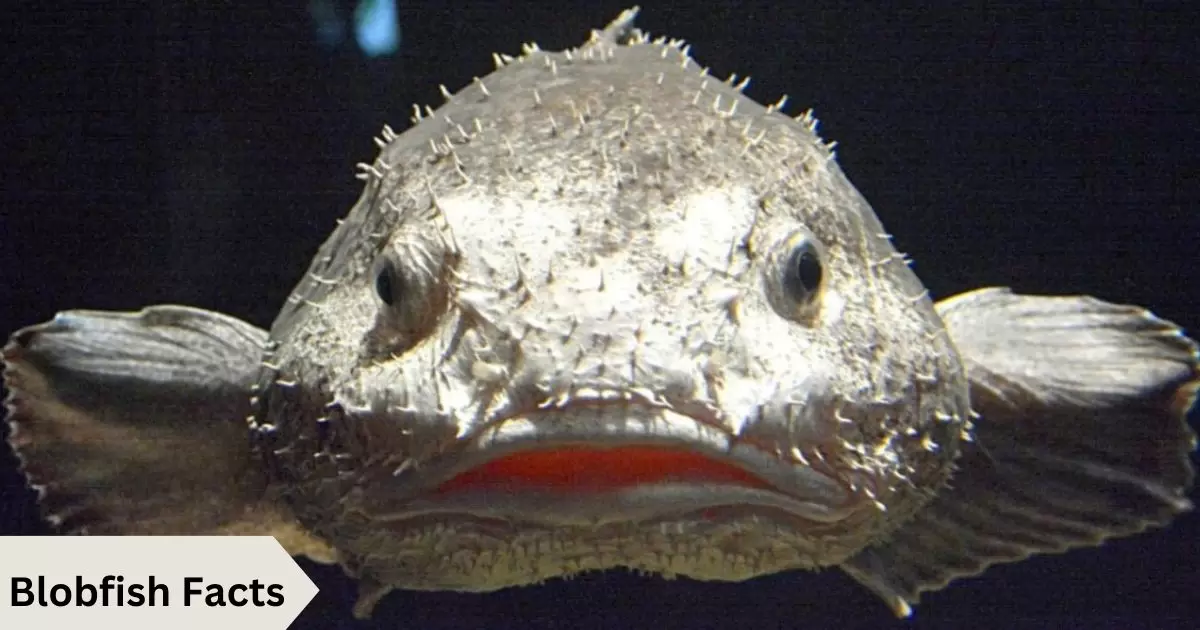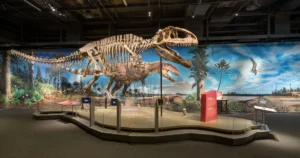Blobfish Profile
The blobfish is a deep sea fish native to the coastal waters of Tasmania and southeastern Australia. Due to its gelatinous consistency and lack of muscle, the blobfish appears blob-like in shape, hence its name. When brought to the surface from its usual depth of 1,000-4,000 feet below sea level due to commercial deep-sea fishing, its lack of resistance to the decrease in surrounding pressure causes it to expand and look like a blob, with skin four times too large for its body. In social media profiles, calling someone a “blobfish” or describing their profile photo as resembling a “blobfish” is often meant as an insult, implying they are unusually ugly or their appearance is off-putting, like the blobfish’s strange gelatinous form when taken outside its natural high-pressure environment deep in the ocean.
Blobfish Facts Overview

The blobfish is a unique deep sea creature known for its gelatinous skin and odd appearance. Living at extreme depths puts little pressure on its body.
When brought closer to the surface, its skin can expand greatly due to changes in water pressure.
| Category | Details |
| Habitat | Deep-sea waters |
| Location | Pacific, Atlantic & Indian Oceans. Coasts of Australia, Tasmania, New Zealand |
| Lifespan | 130 years |
| Size | 30 cm (12 inches) |
| Weight | 20 pounds (9 kg) |
| Color | Pinkish |
| Diet | Sea urchins, shellfish, mollusks, crabs, lobsters, microscopic bacteria, sea pens |
| Predators | Humans |
| Top Speed | 5 mph (10 kph) |
| No. of Species | 1 |
| Conservation Status | Not thought to be threatened |
Blobfish habitat
The blobfish calls the deep waters off the coasts of Australia and Tasmania home. It prefers depths between 1,000-4,000 feet below sea level, where the crushing water pressure keeps its gelatinous body dense and compact.
In these hadal zones, or trenches, on the continental shelves, the seafloor is usually composed of soft, muddy sediments. Blobfish live buried or resting on the bottom during the day, poking out of the mud or amongst rocks, corals, and other structures.
They float passively with the gentle currents, well adapted to the high pressure environment and low oxygen levels at these abyssal levels. Very little light penetrates to these depths, contributing to the alien atmosphere of the blobfish’s deep ocean habitat.
Read More: “Northern Snakehead”
Interesting Blobfish Facts

- They were voted the world’s ugliest animal in a 2013 online poll. Due to its appearance when brought to the surface, the blobfish was deemed one of the most unusual and unattractive animals by internet voters.
- The blobfish actually looks like a completely normal fish in its usual environment. Living at extreme depths, the high pressure of water keeps its gelatinous form compact and sleek.
- Blobfish was first discovered in 2003, and immediately given it’s name. When scientists brought the first specimen aboard, its amorphous shape resembled a blob, inspiring its distinctive name.
- Blobfish live in an extreme pressure environment and experience up to 120 times the pressure as on dry land. The incredible water pressure at deep ocean levels counteracts the lack of musculature or skeleton in the blobfish’s unique body structure.
- The blobfish has no real skeleton, and little muscle. Due to its freedom from physical exertion at depth, the blobfish evolved a form relying on buoyancy instead of energy-intensive movement.
- They are related to the Blob Sculpin (Psychrolutes phrictus) species. Genetic studies have linked the blobfish to other bottom-dwelling deep sea fish adapted for minimal activity in high pressure zones.
- Blobfish do not have a swim bladder. The low pressure environments found at the surface would cause an internal swim bladder to expand dangerously without adaptation.
- Blobfish don’t spend much energy moving around. In their abyssal habitat, they can float among rocks and corals with negligible effort.
- Blobfish have no teeth. Their diet of small invertebrates does not require chewing and can be ingested whole.
- Their only predators are thought to be humans, with accidental capture in deep sea trawling nets. Few animals inhabit the pressures of the blobfish’s neighborhood.
- Blobfish are not considered a delicacy. Specimens brought up in nets are usually discarded due to their unappealing texture and lack of flavor.
- Nobody has ever documented a living blobfish. Their elusive nature in remote hadal zones means biologists have yet to directly observe blobfish in the wild.
- Blobfish are rare and often claimed to be endangered. However, the IUCN has not studied them, and hence they are not currently classified. More research is needed on potential threats from human activity.
Blobfish Fact-File Summary
The blobfish is a peculiar deep-sea creature renowned for its bizarre, gelatinous appearance. Inhabiting the depths of the ocean, these fish possess a dense, jelly-like body that allows them to withstand immense water pressure.
With their protruding eyes and drooping facial features, blobfish have gained viral fame for their comically miserable expressions. Despite their unappealing looks, these resilient creatures play a vital role in the intricate ecosystem of the deep ocean.
Scientific Classification
| Kingdom | Animalia |
| Phylum | Chordata |
| Class | Actinopterygii |
| Order | Scorpaeniformes |
| Family | Psychrolutidae |
| Genus | Psychrolutes |
| Species | Psychrolutes Marcidus |
FAQ’s
What are 5 interesting facts about blobfish?
They look like blobs, live deep in the ocean, have no teeth or bones, are rarely seen alive, and are named the ugliest animals.
How long do blobfish live?
Blobfish can live up to 130 years.
Why do blobfish turn pink?
The pink coloration of blobfish is likely due to blood vessels close to their skin.
Do blobfish have bones?
No, blobfish do not have bones due to the high pressure environment they live in.
Conclusion
The blobfish is a truly unique and bizarre deep sea dweller. Living at extreme depths and pressures in the waters off Australia has resulted in the blobfish evolving a gelatinous form and the ability to float with minimal effort.
While strange to behold when brought to the surface, the blobfish is well adapted to its hadal zone habitat, where it can exist without a skeleton or muscles. More research is still needed to fully understand how it lives and interacts with its environment so deep underwater, where humans have barely explored.
As fishing expands to deeper waters, the blobfish population may face new threats that its leisurely lifestyle is not adapted to withstand. Further study of this unusual creature can provide insights into the diversity of life that exists in the deepest oceans on our planet.
With three years of dedicated expertise in the niche of fish, my domain knowledge encompasses breeding, habitat maintenance, health management, and sustainable aquaculture practices, ensuring optimal outcomes in the aquatic realm.











